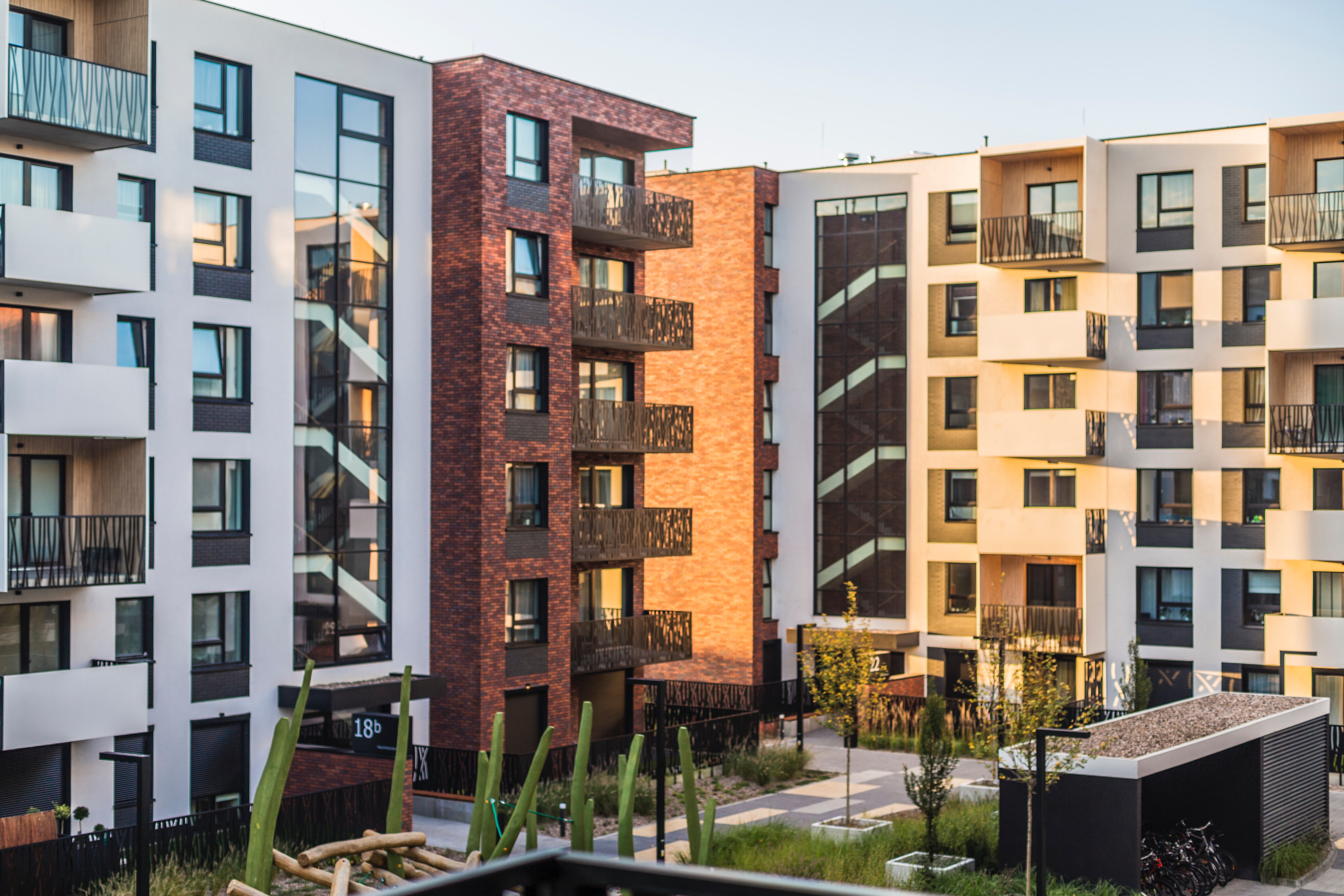How to Invest in Opportunity Zones
Have you recently sold property, stock, or crypto currency for a profit? If so, you may be looking for ways to eliminate or reduce your capital gain...

Does half the story count as the truth?
In April, the LA Times published a video titled, “Tax break for the rich: How investors exploit opportunity zones.” The Opportunity Zone program, a bipartisan federal tax program providing tax benefits to investors for investments into low-income census tracts, has been a hot product on the financial market over the previous half-decade. Detractors of the program have ignored the program’s bipartisan origins and frame Opportunity Zones as a zero-sum game.
It is not.
Before digging deeper into Opportunity Zones (OZs), let’s consider the wealth distribution models that satisfy both sides of the political aisle (a) Republicans and (b) Democrats. Forgive some over-simplification.
Republicans: wealth distribution is best accomplished by reducing taxes so that low-income families are able to save while the middle and upper class are able to invest into job producing businesses and the economy.
Democrats: wealth distribution is accomplished by increasing taxes, primarily on businesses and the upper class to fund government assistance and subsidy programs in low-income communities.
Two historically irreconcilable ideologies. Decades of disagreements. Few mutually satisfying solutions implemented.
The 2017 Tax Cuts and Jobs Act included a bipartisan act to create what became known as the Opportunity Zone program. An Opportunity Zone (OZ) is a census tract that the IRS has identified as low-income relative to surrounding areas.
To incentivize wealthy individuals and institutions to invest in these areas, the federal government is giving private investment funds the option to become a Qualified Opportunity Fund (QOF) and provide their investors with favorable tax benefits so long as the fund is investing in assets existing or operating inside Opportunity Zones.
Instead of penalizing investors with taxes to fund subsidy programs, the government is now stepping aside and incentivizing the wealthy to invest. Money is flowing directly from investors into low-income communities without being diverted through the government - an optimized solution that excites investors and benefits Opportunity Zone communities. You can start to see why the Opportunity Zone program continues to hold bi-partisan support:
( R ) Reduce taxes so that the upper and middle class will reinvest into a job producing economy? Check.
( D ) Get the upper and middle class to directly fund asset and wealth creation in low-income areas? Check.
So, why are critics pointing to the investor appeal that the tax benefits provide as indication of a failure in the program? Wasn’t that the point of the tax incentives, and shouldn’t we celebrate the massive investment ($30-$70 billion so far) that these communities have received thanks to the Opportunity Zone program?
The enormous investment in OZs is financing QOFs that are developing residential, commercial, and affordable housing projects. These new developments are slated to provide thousands, if not hundreds of thousands, of housing units along with retail, industrial, and corporate office space for new and existing businesses.
Are these not the types of assets that we want to see more of in our low-income communities?
Worth noting is a survey recently conducted by JTC Americas and published by Novogradac that explores the driving forces behind Opportunity Zone investments. Interestingly enough, the survey concluded that “While a 36% plurality of survey respondents reported that the tax benefits of the OZ were their primary driver in 2019, social impact took the lead as the reported primary driver of OZ investment in 2021 with 45% of respondents.”
To the extent that not just investor allocation but investor intent is relevant, critics can rest assured knowing that investors aren’t just excited by the financial opportunity in Qualified Opportunity Funds, but also that they are sympathetic to the program’s purpose.
To depict use of the OZ program in its intended form as “exploitation by investors” is a reckless mischaracterization that hurts the entire OZ program and by extension, the communities that are the implied victims of said exploitation.
The LA Times video intentionally showcased Opportunity Zones in San Jose and Napa, California, areas that are broadly assumed to be affluent communities. (Note: they chose not to highlight any Opportunity Zones in distressed neighborhoods around LA). The clear intention was to call into question the methodology used to select Opportunity Zone census tracts and cast doubt on the program’s authenticity. So, let’s look at how the government identified the Opportunity Zones.
There are currently 8,764 census tracts designated as Opportunity Zones. These census tracts were identified according to low-income criteria set forth by the federal government. State governments then nominated 25% of the qualified census tracts to participate in the Opportunity Zone program.
Low-income criteria is a function of employment and median income rates that are measured in relation to surrounding areas. In this piece by the Economic Innovation Group, a bi-partisan public policy organization that specializes in Opportunity Zones, the following definition for low-income communities is provided:
Generally, a Low-Income Community (LIC) is defined by the U.S. Department of the Treasury as a census tract with a poverty rate of at least 20 percent or a median family income 80 percent or less than the area it is benchmarked against (metropolitan area for metropolitan tracts, state for rural tracts).
A similar definition provided by Cornell Law can be found here. Therefore, metropolitan areas with a higher cost of living will have low-income communities with proportionally higher income metric than low-income communities in areas with a lower cost of living. San Jose and Napa, California are both metropolitan areas where cost of living averages are considerably higher than state and national averages. A far more accurate form of relative measurement for low-income/opportunity zone communities is to compare them to surrounding areas, not to one another.
If use of the Opportunity Zone program in specific census tracts is a point of disagreement, then that is an issue to be taken up with the political literature that defines ‘low-income communities’ and the politicians who nominated census tracts to be enrolled in the program. Pointing the finger at fund managers/investors as an outlet for disagreements over census tract allocation is a demonstration of a failure to understand the program and an example of narrative-driven reporting.
Shifting our attention politically, it appears that Washington recognizes both the momentum behind the program as well as the need to update some of the qualification and reporting requirements. A new bipartisan bill was recently released called the Opportunity Zones Extension, Transparency, and Improvement Act that would, if passed, extend the program for two years and increase reporting requirements - something that the LA Times criticized and certainly something that many in favor of the program would also like to see. The Act also proposes to add additional qualifying criteria for currently enrolled census tracts with three proposed changes:
As the LA Times noted, many low-income communities remain un-enrolled in the program. That is why we are excited to see additional legislation like the Rust to Revitalization Act of 2022 being introduced, a bill that is co-sponsored by Representatives Dan Kildee (D-MI-05) and Dutch Ruppersberger (D-MD-02) that would expand the scope of the program by enrolling more census tracts if passed.
To read a full summary of both bills, click here.
While reporting standards can and should be increased, Novogradac, a San Francisco based law-firm that is widely recognized as the industry leader in the collection and analysis of voluntary reported data, has done an excellent job compiling available information and staying up-to-date on industry trends. You can view their Opportunity Zone Resource Center here.
Neither the Opportunity Zone program nor the projects within are a finished or perfected product, and we won’t be able to assess its true impact for another 10-15 years. In the meantime, we should be encouraged by the progress and not let existing wrinkles distract us from the fact that the power of the Opportunity Zones program lies in its potential to be a triumph for all involved.

Have you recently sold property, stock, or crypto currency for a profit? If so, you may be looking for ways to eliminate or reduce your capital gain...

Since its inception in 2017, and real roll out in 2019, there has been a great deal of curiosity as to what policymakers will do with Opportunity...

Designed as an investment vehicle, Opportunity Zone Funds (OZFs) can take a good investment and make it great. The Tax Cuts and Jobs Act, passed in...